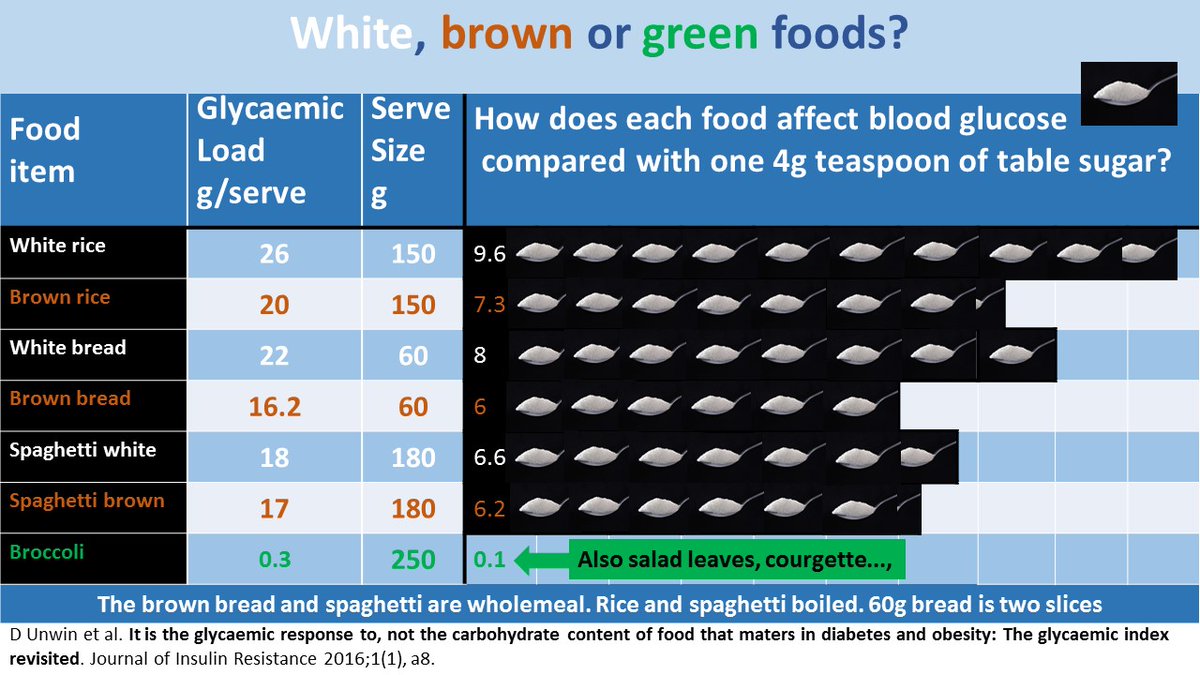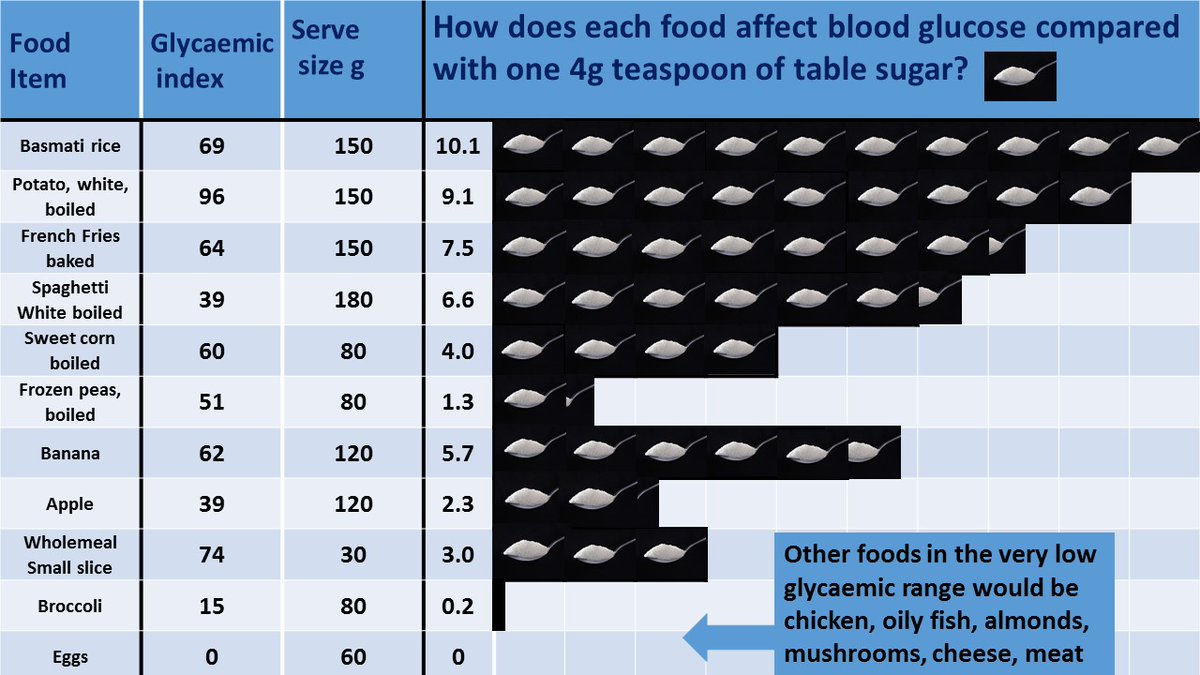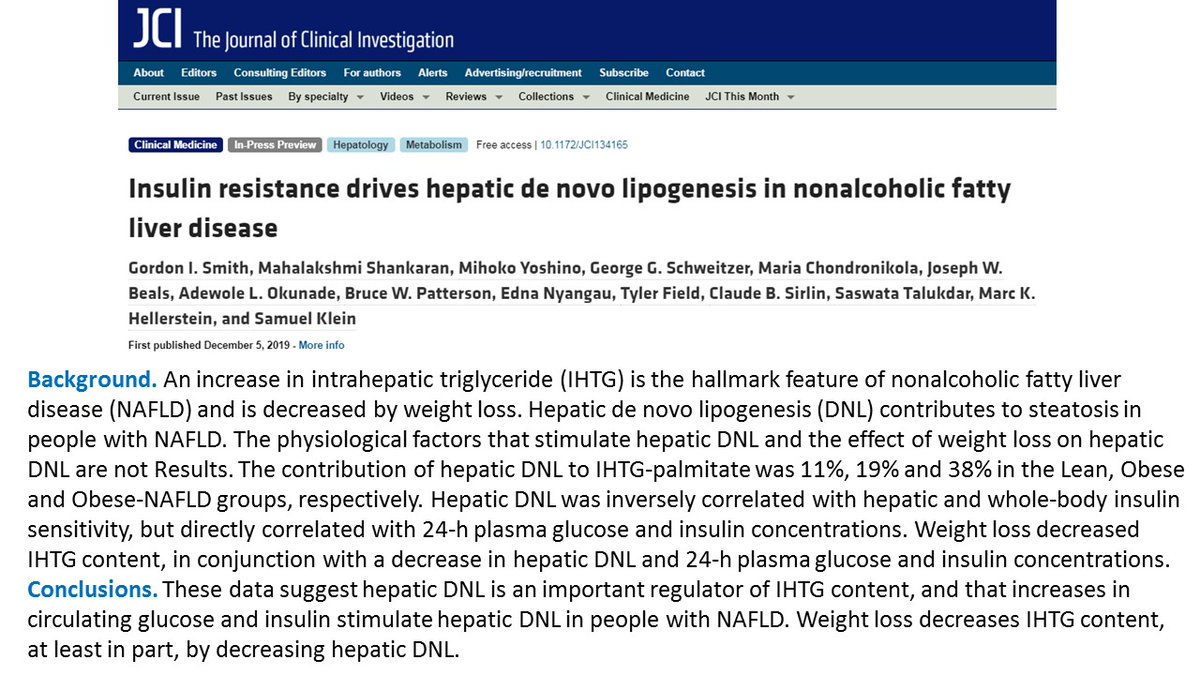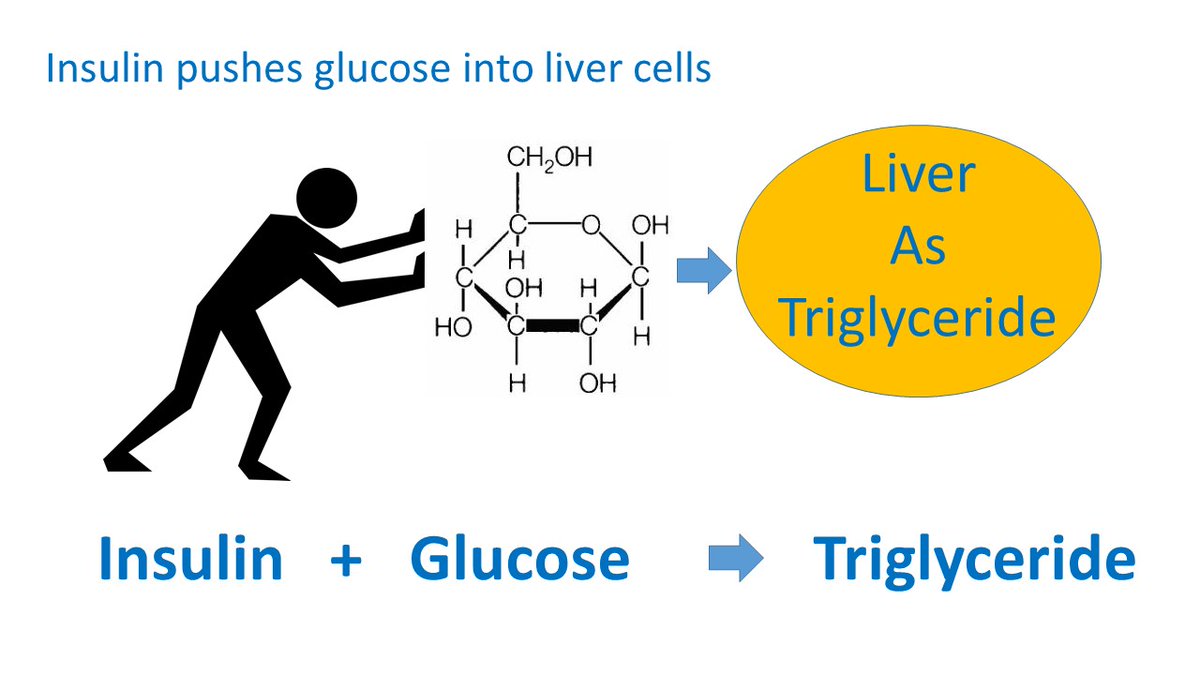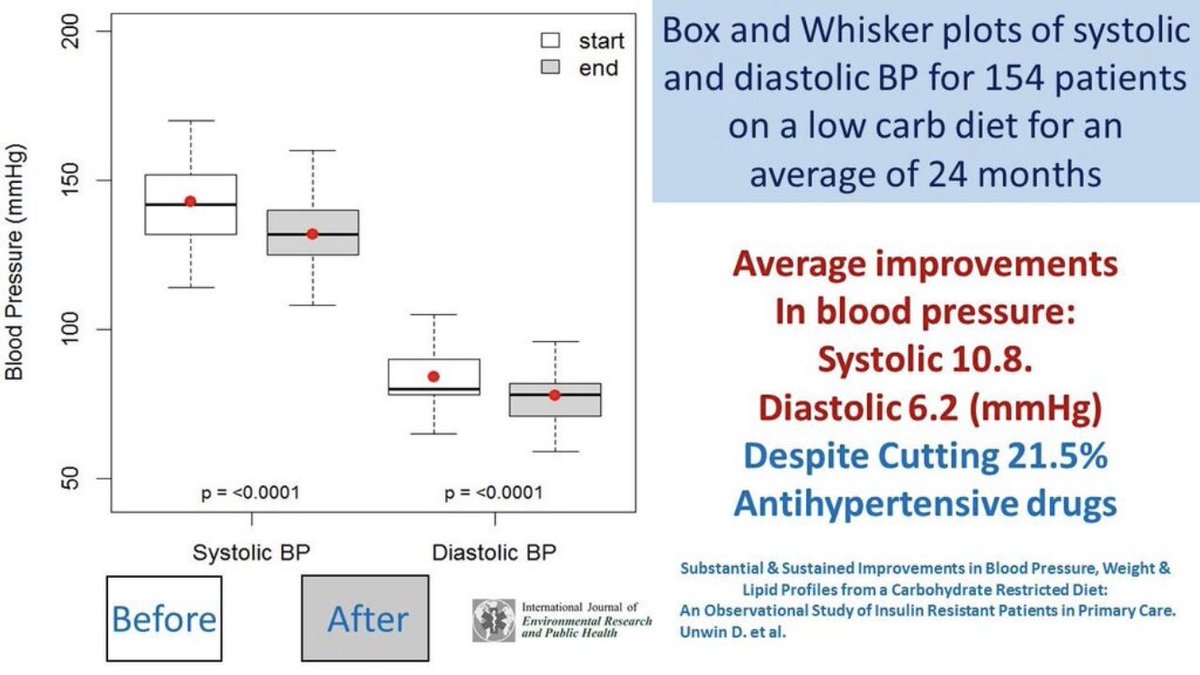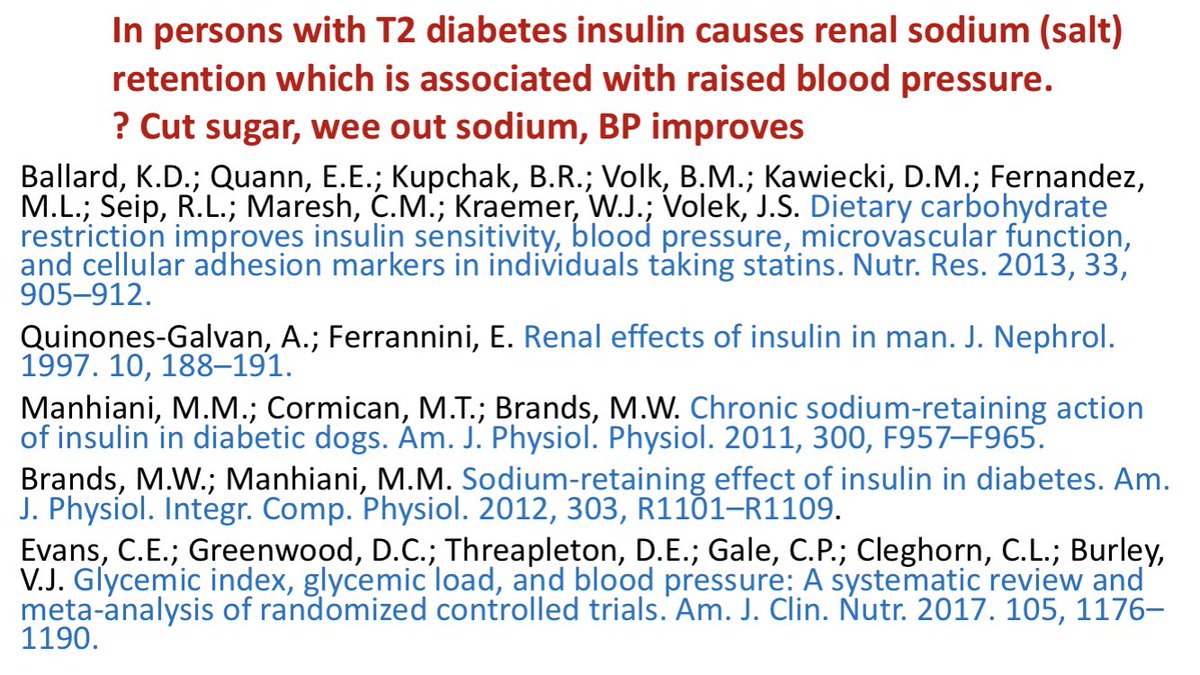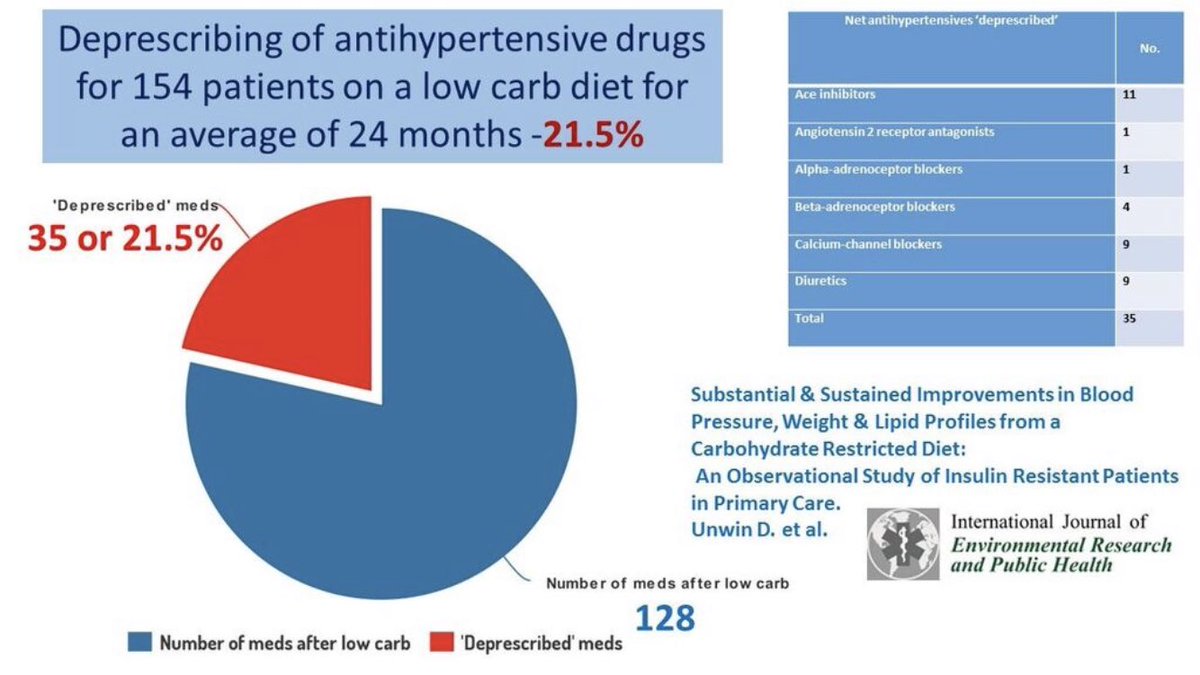1/7 My 7sugar infographics are back! They help people with T2D predict the glycaemic consequences of dietary choices. Carbs are the main drivers of blood sugar. Here I reinterpret the glycaemic load as approx. 4g teaspoons of table sugar. Freely available phcuk.org/sugar/ 
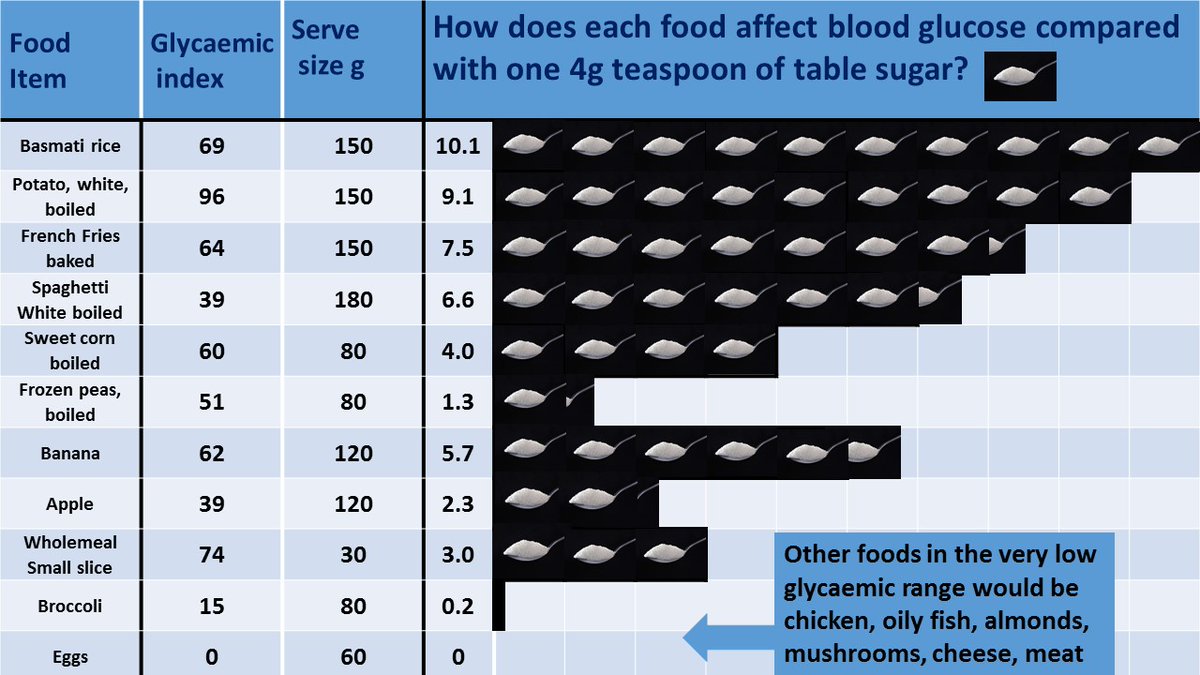
2/7 The 7 sugar infographics are now available in 14 languages and no copyright, so please use freely. Starchy carbs like bread or rice digest down into surprising amounts of glucose look. If you have #T2D perhaps turn the white stuff green? 
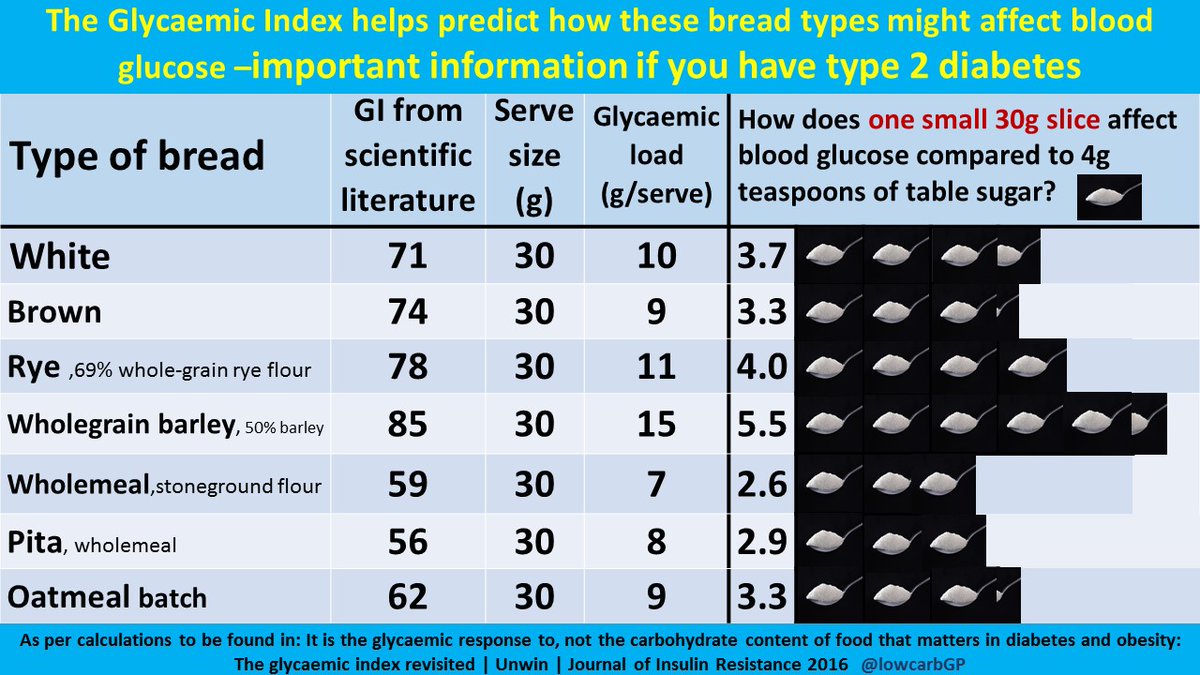
3/7 This used to be the breakfast I recommended for my patients but a heavy glycaemic load was the result and a higher blood sugar for many of them. Using a lower carb approach my GP practice now uses far fewer drugs for T2diabetes Read about it here nutrition.bmj.com/content/early/… 

4/7 As you see below cereals may affect blood sugar more than expected If you have T2D a low carb breakfast of scrambled eggs and smoked salmon would not put blood sugar up by nearly so much and so may be a better choice Starch is 'soon to be sugar' 

5/7 Its odd to lump fruit and veg together into your '5 a day' They have very different effects on blood sugar look. Raisins are not like cabbage. If you have #T2D green veg may be better than fruit, though some fruit is worse than others 

6/7 The longer fruit spends growing in the sun the more sugar photosynthesis can produce, so tropical fruits tend to be more sugary than Scottish raspberries or other berries. Juicing fruit also makes the effect on blood glucose worse than eating whole fruit. 

7/7, part 1.Often i am asked about the difference having brown bread or rice makes to the glycaemic load and blood sugars for people with T2D. It improves the load by <a third Compare that to foods like broccoli which produce a fraction of the sugar Turn the white stuff green! 
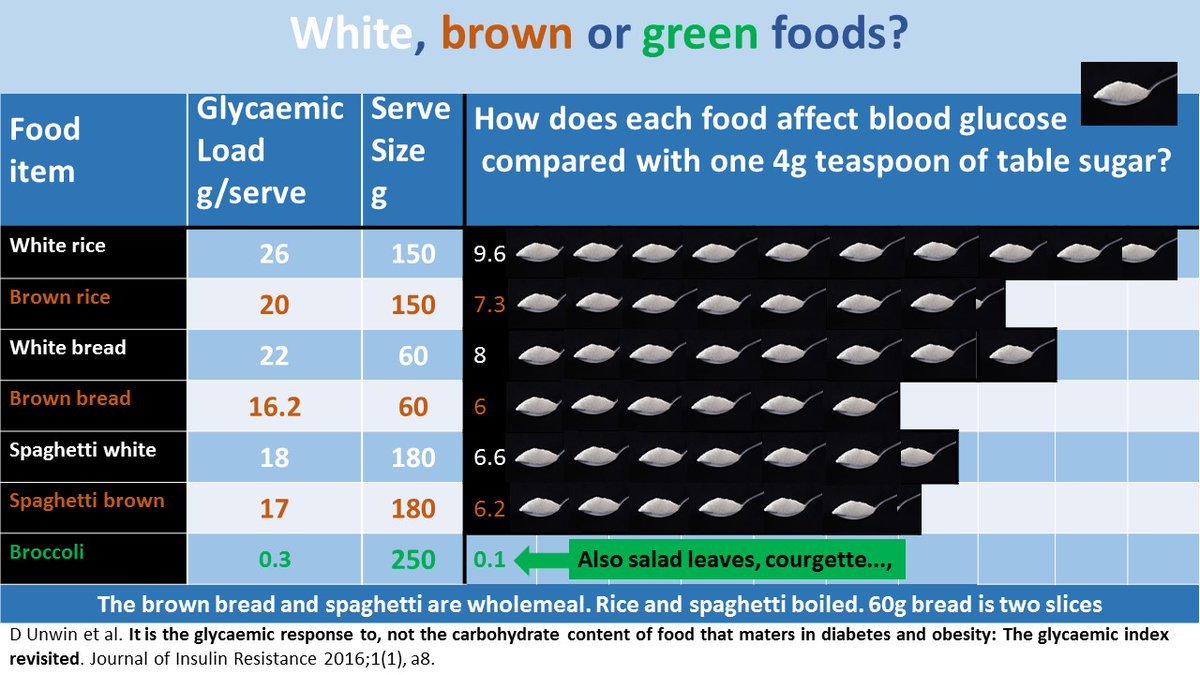
Finally! I encourage my patients with #T2D to think about where the sugar comes from in their diet. Avoiding dietary sources of sugar is the key to good blood glucose control and avoiding diabetes medications. This last sugar infographic may help you too! phcuk.org/sugar/ 

• • •
Missing some Tweet in this thread? You can try to
force a refresh





